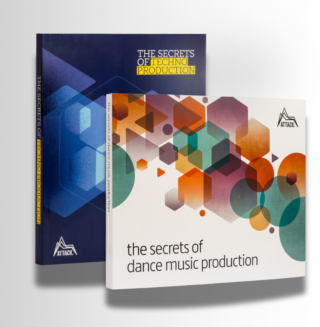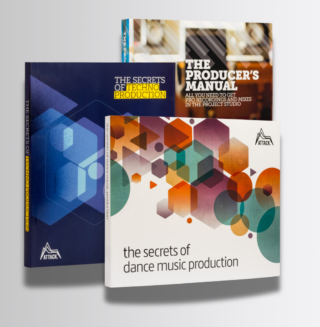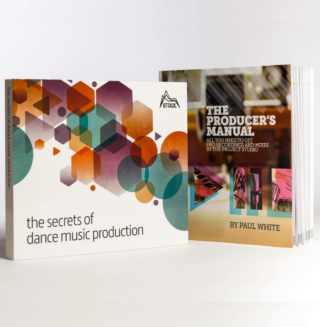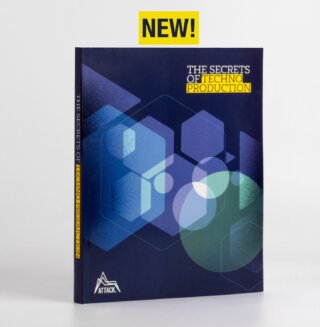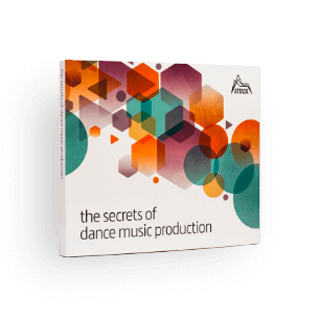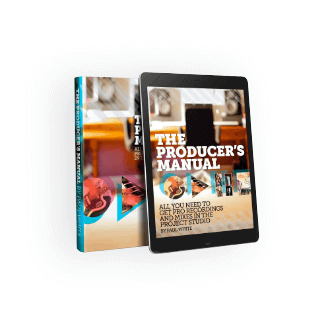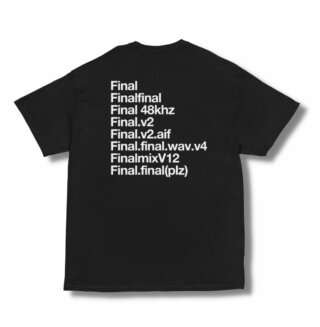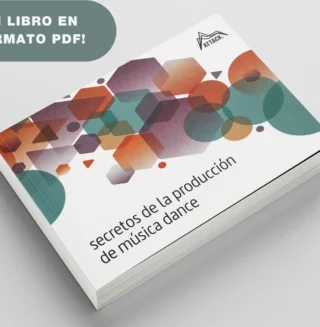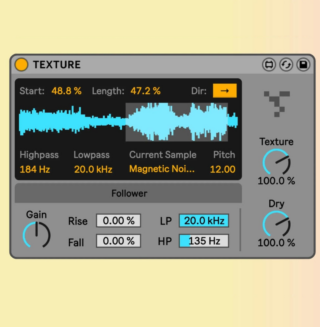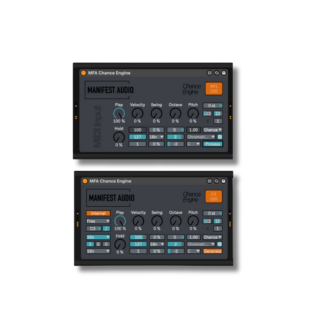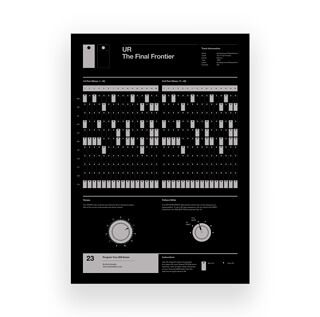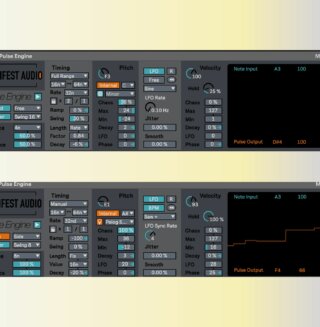In a new series for Attack, we ask live electronic music musicians how they do it. First up, Alejandro Mosso.
With a newfound focus on reigniting Attack Live, we’re starting a new series for live musicians. The new series called, ‘How I Play Live’, kicks off with Alejandro Mosso.
Mosso, originally hails from Argentina but is currently based in Berlin. His sound is a mix of house, minimal, tribal and experimental music played live. Over 20 years, he has been honing his craft, a craft that is tricky to get right, and his live performances epitomize his dedication to the art form.
Mosso’s discography is littered with releases on excellent labels including Hivern Discs, Third Ear and LumineresLaNuit. We asked him to talk through his live setup ahead of his latest EP ‘Esserts’ which is out now.
What are you using for drums?
For the writing process, I primarily use one-shots from my extensive sound library or the Roland TR-8S with its classic drum sounds. For kick drums, I’ve been using the Kick 2 plugin by Sonic Academy, as it allows you to tune its sound to the finest details. When performing live, I export all drum sounds from my songs as individual loops and load them into the Akai Force. Occasionally, I also bring the TR-8S to add extra hats or shakers, which helps reinforce transitions or add tension to specific parts.
Why do you use the Akai Force and not a Novation Launchpad, or Ableton Push?
I’ve been performing live for over twenty years, and until recently, I always used a laptop running Ableton with a MIDI controller, audio interface, and sometimes an external piece of gear. While powerful, I grew tired of the cable-heavy setup and bringing my laptop on stage. Switching to the Akai Force, with its “Ableton-styled” interface, provided a comfortable, well-built, and expressive standalone solution. Although the new Push standalone is very appealing for staying within the Ableton ecosystem, the Force remains for the moment as my go-to for its rich interface and robust hardware.
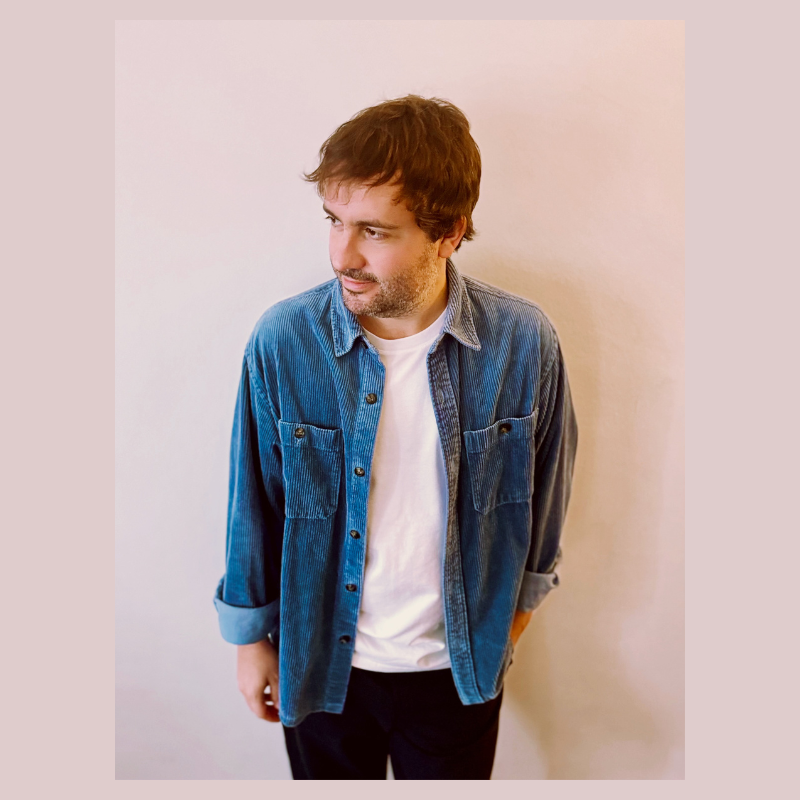
Can you explain if you jam live or are triggering pre-made loops and samples?
I do both. I primarily trigger loops of individual sounds (kick, clap, hats, bass, chords, etc) that I previously created in my studio. These are all rendered from my original Ableton song projects. Depending on the setup I bring to the show, I also improvise some hand percussions with a Roland SPD::ONE or drum variations with a TR-8S.
But it’s not Splice, or Loopcloud loops?
Using Splice loops for a “live set” would defeat the purpose. A live set should showcase the music you’ve created, not pre-made loops from a library.
Do you do all the leveling on the Force or, in other words, “before you play live”?
I export all sounds as individual loops from my Ableton projects. These already have a good relative balance to each other. Once loaded into the Force, I ensure every song (combination of its sounds) peaks around the same dB level, allowing for consistent compression and limiting across the entire set on the master channel. This way, I can focus on creative tasks during the performance rather than leveling.
Are there any plugins on your setup before the master out is fed to the club sound system?
Yes. When rendering the original sounds from my songs as loops for performance, they go through the project’s bus compressor with only 2 or 3 dB of compression. Once loaded on the Akai Force and levelled with the rest of the set, all sounds go through a limiter/maximizer on the master bus. I don’t push the limiter too hard, but a few dB helps reduce the dynamic range further and ensure a consistent output level.
For producers trying to start a live electronic performance, is there something you could tell them that would avoid them sleepwalking into a mistake? A hack maybe?
There’s no hack, just dedication and courage. Unlike DJs, musicians are artists, and performing live puts us in a particularly vulnerable position. The stress of playing live your own music in front of a crowd can be daunting, but nothing compares to the joy of seeing the audience respond positively to the sounds you meticulously crafted in your studio, hoping they would one day resonate with someone.
I recommend newcomers find their balance between structure and freedom in their setup and preparation. Aim for as much freedom as possible and as much structure as necessary. You need the ability to improvise and play around, but also have a structure to fall back on when things get out of hand.
Could you elaborate on what you’re doing in this video?
In this video, I’m playing around with the sounds of my track “Ribose.” I use the knobs on the Force to control macros I’ve set up for performing, which combine various effects like HP filters, reverbs, delays, and EQ kills. On the touch screen, you can see a channel X/Y effect, similar to a Korg Kaoss Pad. Additionally, I play some hand percussion using a Roland SPD::ONE.
And the same here. It seems like on the first channel there is a drum loop, but it’s not 4 bars, it’s more like 32 bars? Is that correct?
In this video, I’m playing with the sounds of my track “Miracle.” In my music, I often use phrases with different lengths, or polymeters, to create a sense of variation and movement. For live performances, I export sounds in 8 categories corresponding to the channels on my Force live set: Kick, Clap/Snare, Hat/Shaker, Bass, Percussion, Synth 1, Synth 2, and ETC (voices, textures). Most percussive loops are short, 2 or 4 bars maximum (for example the first channel in the video is just a 1 bar kick loop), but elements with modulations or irregular lengths are rendered in longer loops to ensure their full expressive range is represented when I play.
Are live arrangements done on the fly or practiced in advance and then possibly recreated with a little improvisation?
There’s a bit of both. Once you have improvised several arrangement variations or effects gestures while playing your songs live, you learn what works best for a certain context, and these become a stable part of your set. Often times, you make mistakes while performing and new ideas can flourish from that.
Do you use scales and keys within Live or Force to make sure any improvisation fits the music?
I currently don’t run any additional synths on my Force, so there is no need. In the past, I’ve used a Push controlling Ableton with a fixed scale in order to ensure any smokey 3 am wild keys improvisation doesn’t ruin the song. I am a guitar player, not a keyboard one 🙂
Find Alejandro Mosso on Instagram. Mosso’s new EP ‘Esserts’ released on Last Year In Marienbad is out now.

